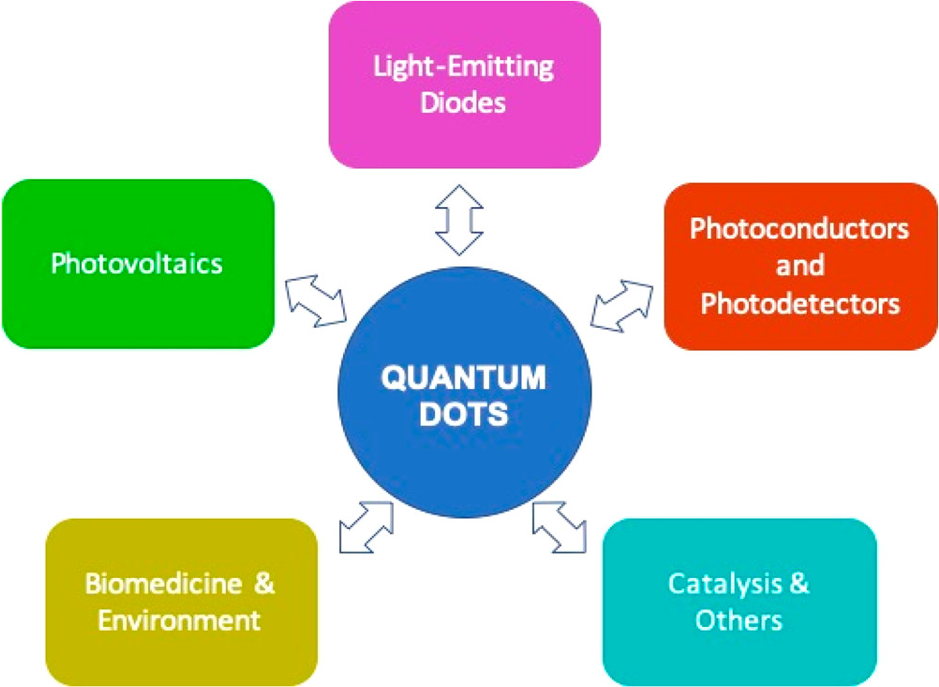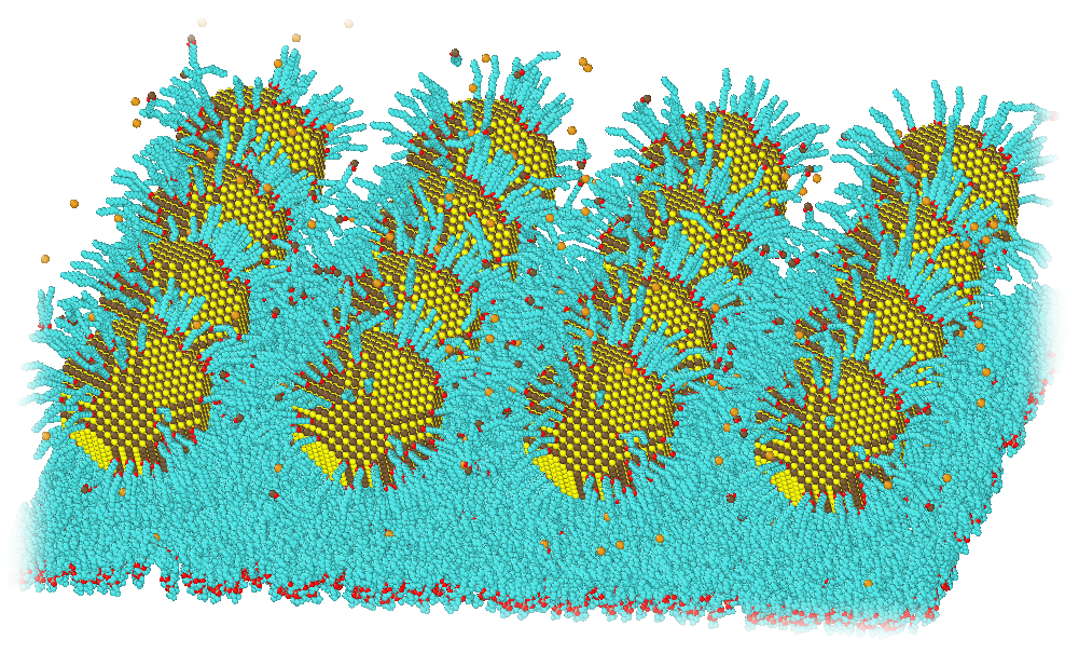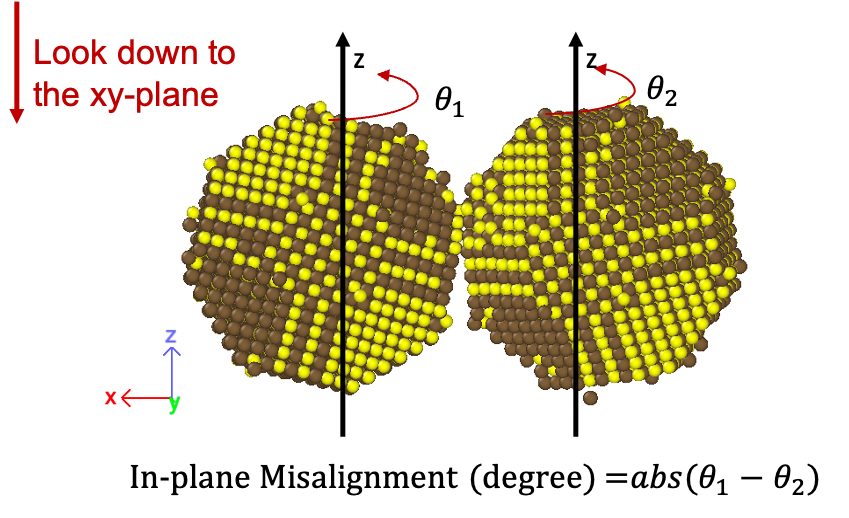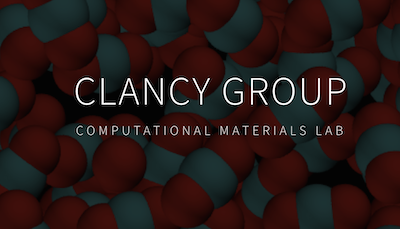1. Goal: Self-assembly of nanocrystals with perfect alignment

Lead chalcogenide(e.g.PbS) have great promise for solar cell devices, exploiting their quantum confinement.To be effective, charge transport between QDs needs to be efficient, meaning close and perfectly aligned. This self-assembly process is typically facilitated Using a liq-liq interface using a monolayer of ligands.
2. Goals of This Study

Establish mechanism and rules for the directed assembly and epitaxial attachment of colloidal nanocrystals (NC) Can we help design the best monolayer (ML) to encourage perfect assembly
3. Monolayer Density Affects the Quality of NC Coupling in an Unexpected Way

NC coupling status depends sensitively on the density of the ML. NCs are well aligned (preferred orientation) in the x-y plane at low and high monolayer density system. Misalignment is higher at medium density systems. In contrast, as ML density increases, it hinders the parallel movement of NCs, and the tilt angle of each NC becomes larger (not favorable)
4. ML Molecule Length Impacts NC Coupling

Avoid intermediate ML densities. Very dense surfaces or very low density MLs are conducive to better in-plane alignment. Considering the balance between two kinds of misalignment factors. Exploring the favorable assembling behavior for charge transport. Shorter ML molecule “tails” lead to better alignment of NCs under the same ML density condition.

